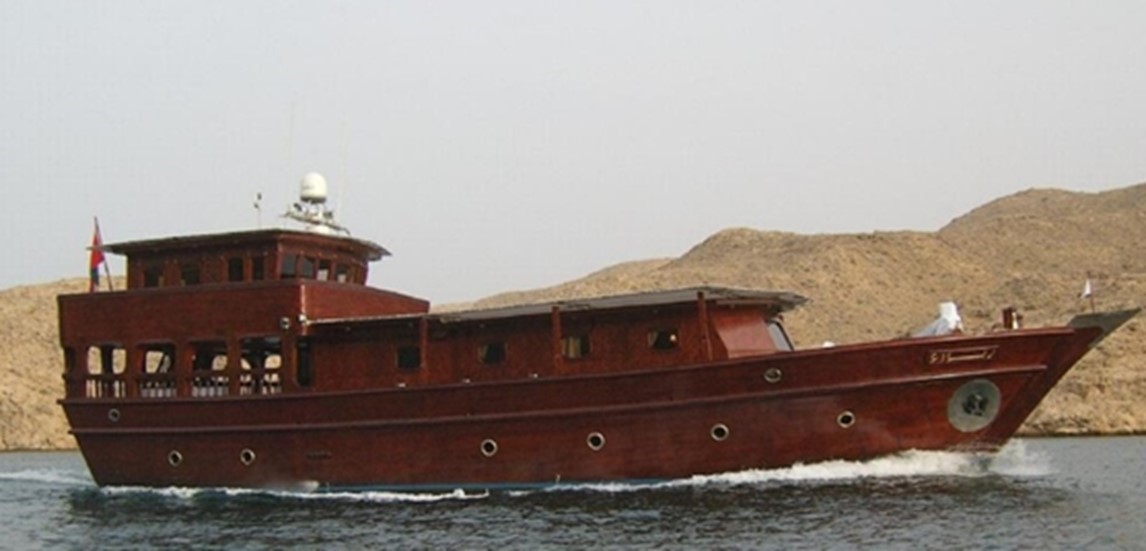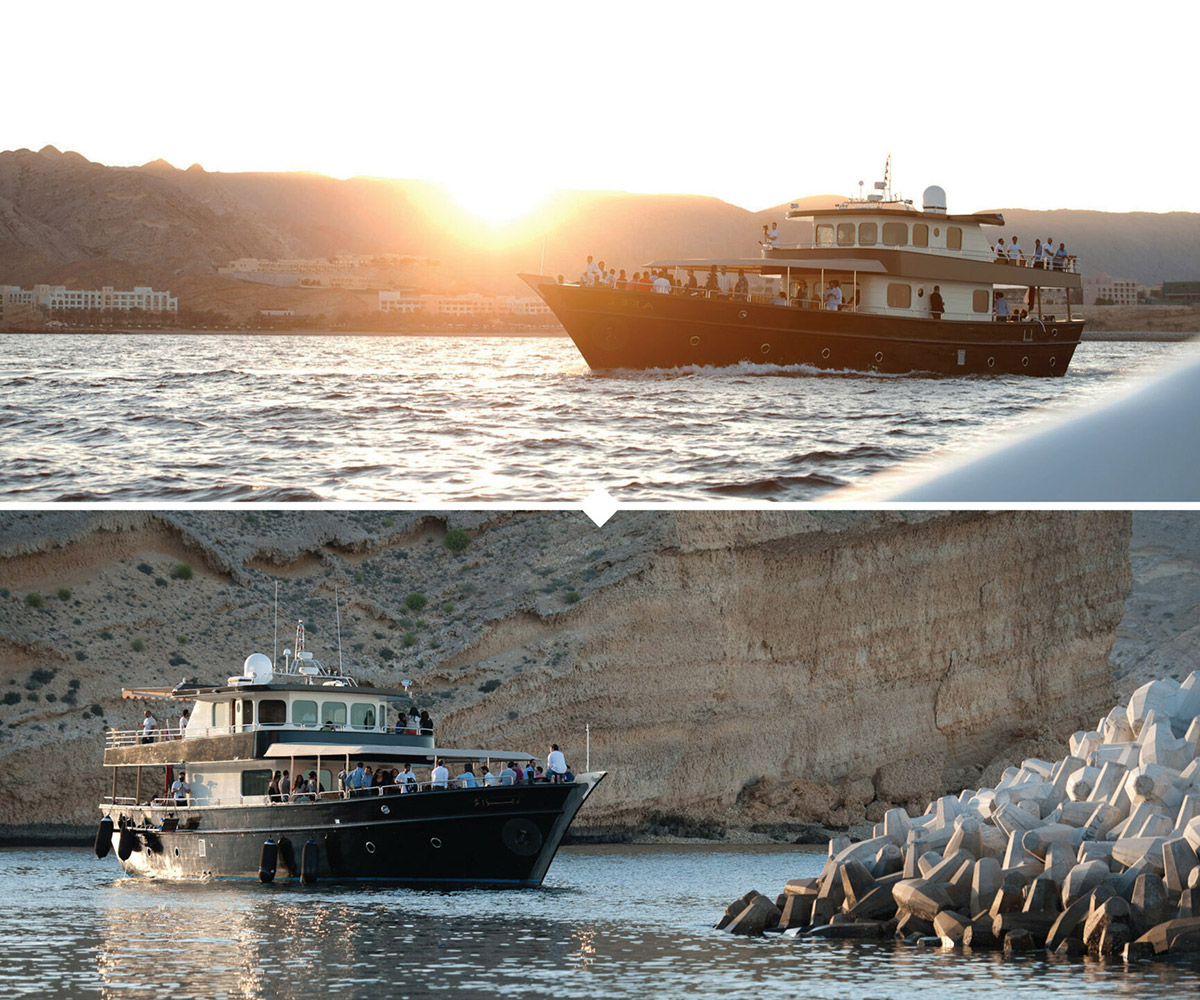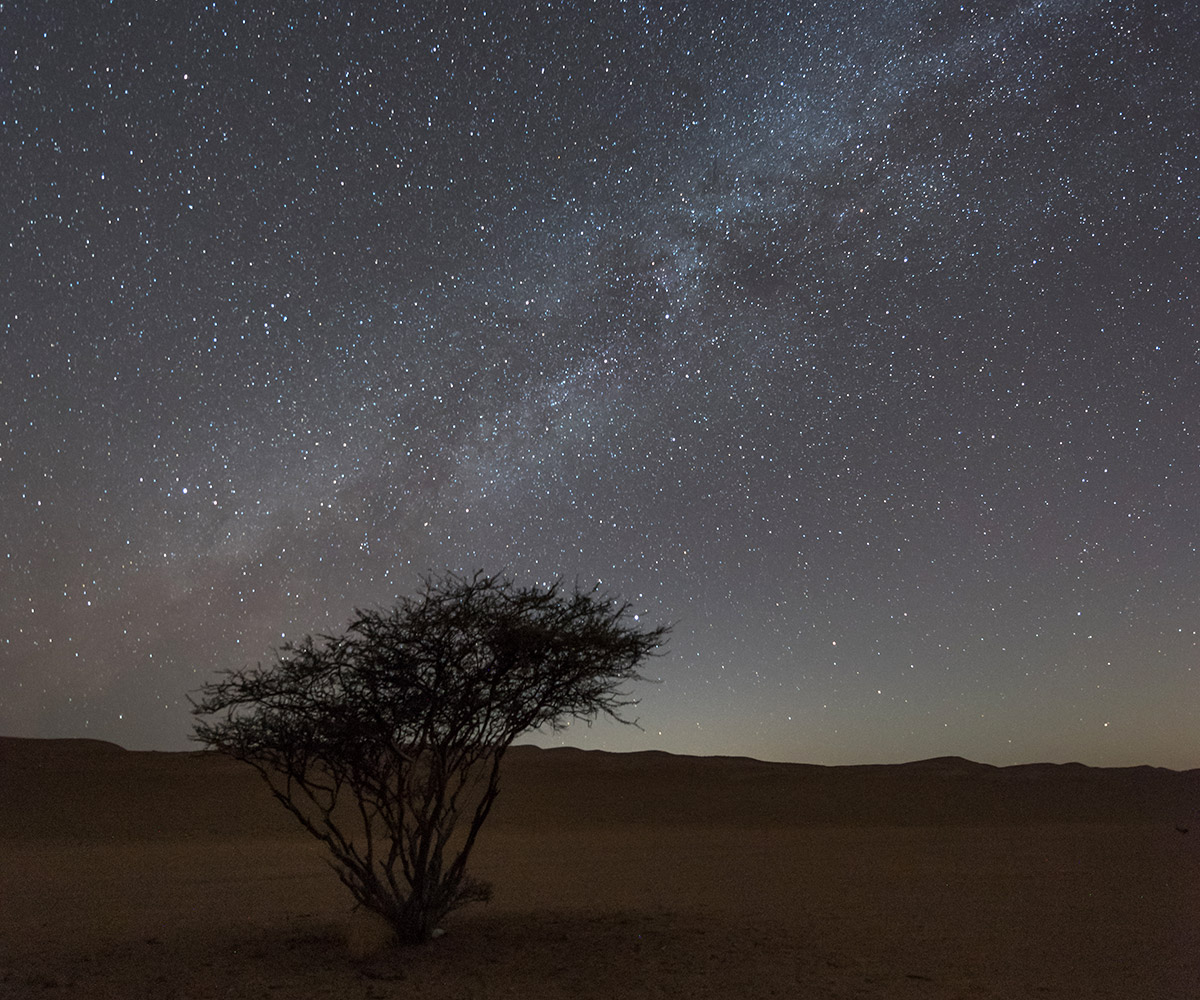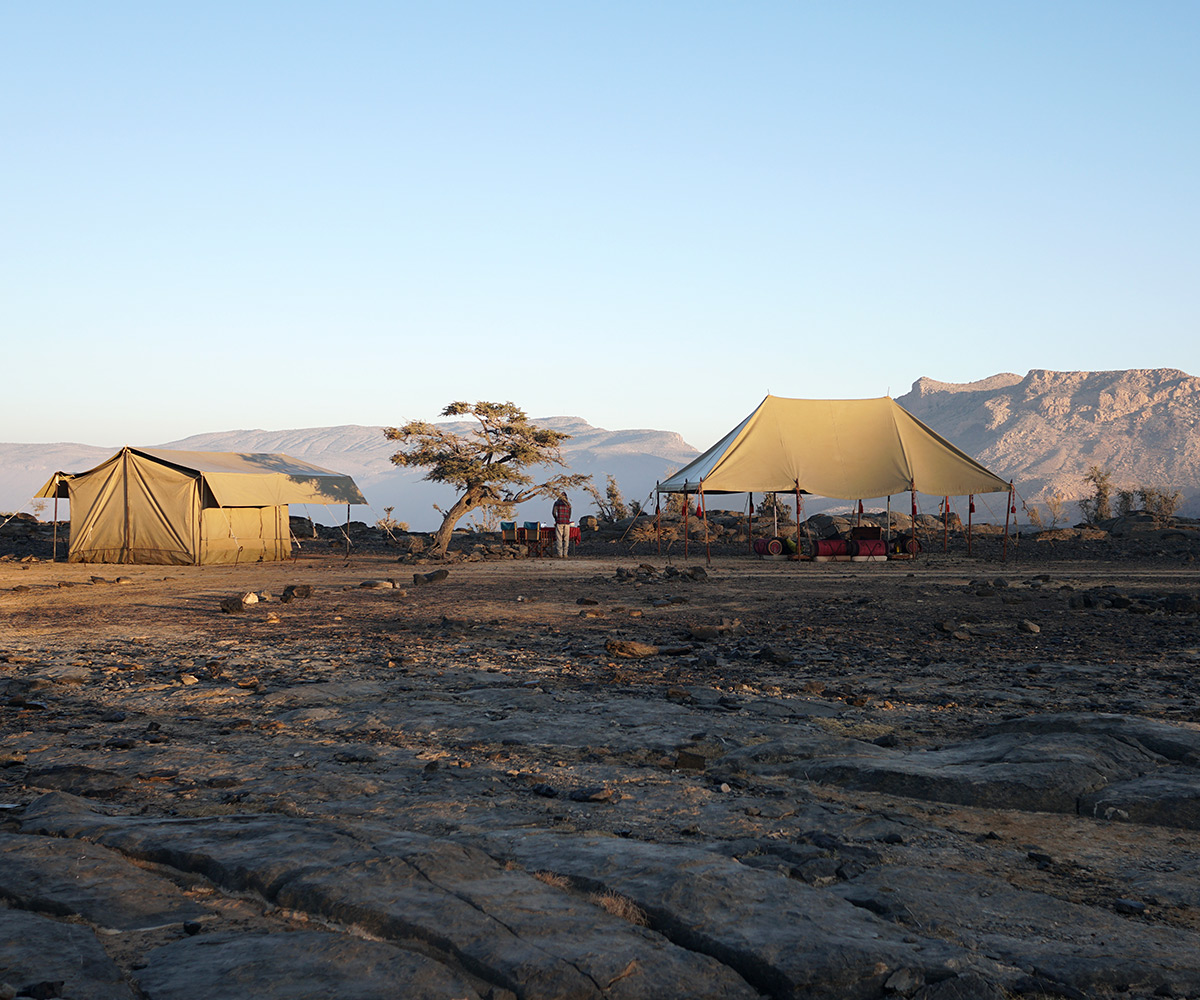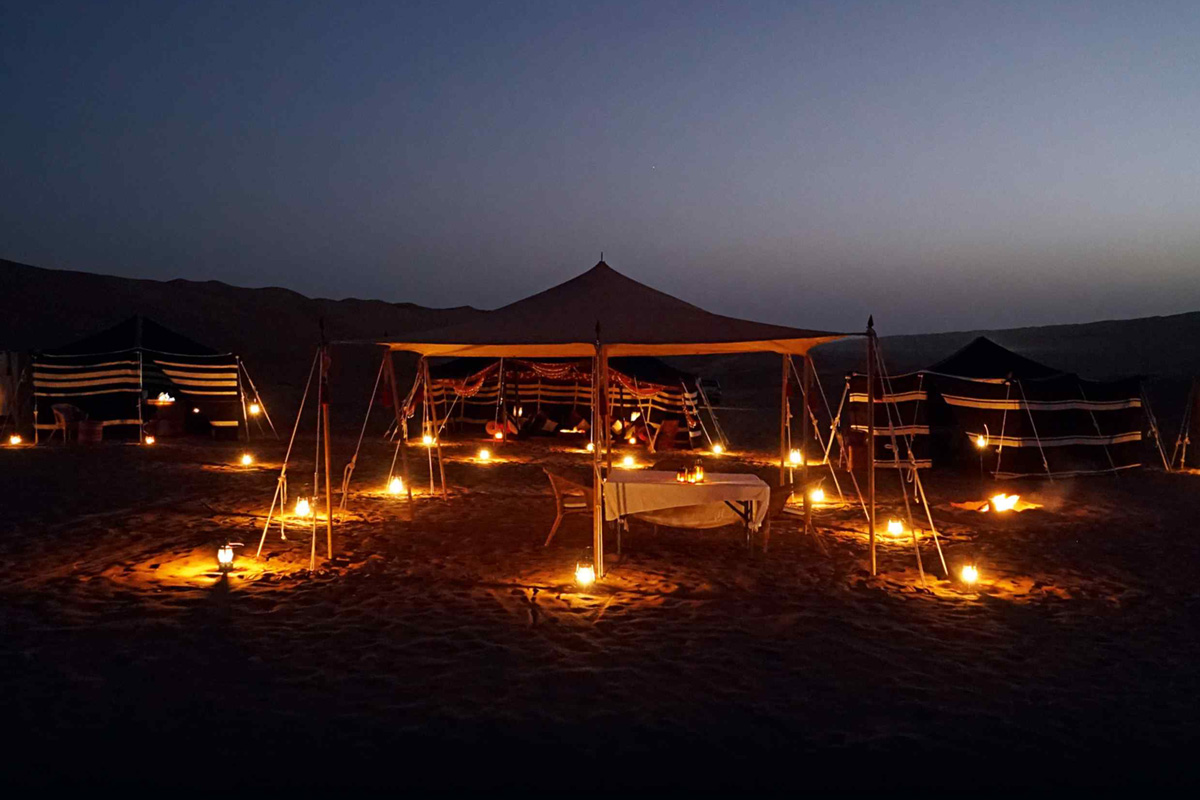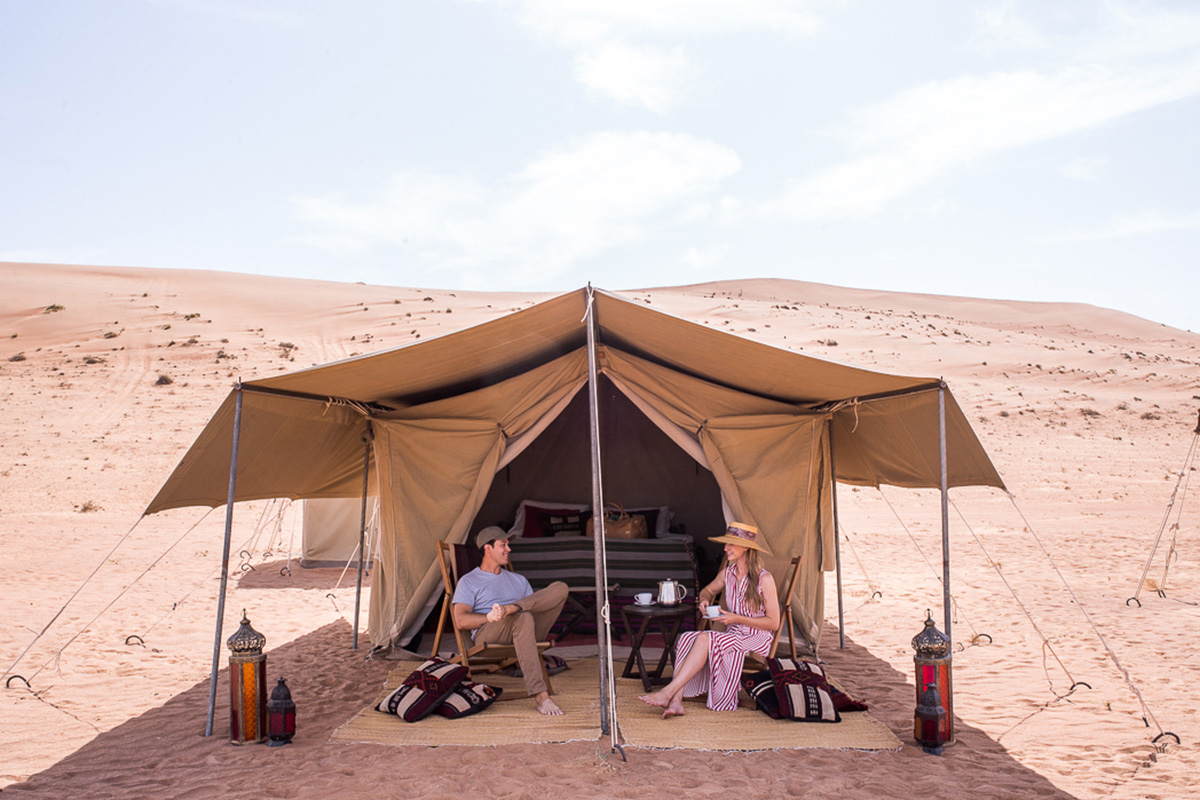From where I stand… Sean Nelson, a director of Hud Hud Travels, Oman.
I was a Royal Marine for eight years so I have done a fair bit of camping in inhospitable places, such as when I was eaten alive by giant ants in the Amazon or when I spent the night in a canoe in the croc-infested Everglades. Now I still sleep under the stars but in some of the most luxurious camps in the world in Oman’s Empty Quarter – the largest sand desert in the world – where I run 4×4 safaris. I’m 46 years old, married to Vikki and we have two children. I live in Muscat. I set up Hud Hud Travels two years ago after three years with the Desert Regiment of the Sultan of Oman’s Armed Forces, which is how the sand got under my skin.
Starting from Muscat or Salalah, our tailor-made expeditions usually last four to five days and cover distances of 150km to 1,500km. Besides the desert, we take in Oman’s other pristine environs: high mountains with water-filled wadis, vast unspoilt white sandy beaches and enormous salt flats. We also get to see ancient villages, remote forts and date plantations, so there is something for everyone.
Each night we camp in a different place. It’s low-impact tourism. The wheel tracks soon disappear in the blowing sand and we leave no sign of our presence. Camps are set up in advance by our staff who come by land vehicles or by boat. Tents range from those you may have seen on safaris in Africa to traditional ones from Syria that are made from goatskin. With proper beds and mattresses, cotton sheets and furniture made to our design, we have private tented loos and wonderful canvas showers open to the skies. We’re like an exclusive hotel on the move.
Most guests – whether they are Omani, British, Swiss, Italian or German – are friends that book as a group. Many bring their children. For a child to catch and clean a fish and then cook it on their own fire is magical. Although we can take as many as 40 people at a time, groups tend to be much smaller and we sometimes take only one couple.
We have lots of great staff from all over the world, but all the guides are Omani. Guests are blown away by the camps we put together. Around the fire at night, I often ask people when they can last remember being anywhere without ambient light or any kind of noise.
With GPS assistance, navigation is straightforward and we carry satphones in case of emergencies. Dehydration and heat stroke are concerns as temperatures can exceed 50C. Getting an SUV stuck in soft sand now and again is inevitable but we’ve vehicles with ropes that can tow them out. We carry emergency equipment and our head guide is a wizard mechanic.
]In a desert camp we always watch the sunrise with a cup of coffee. After breakfast we might meet some of the Bedouin who live on the edges of the desert and head off with them to find their herds. Guests learn how they survive and sample fresh camel milk. We’ve also had some chance encounters. In Salalah, we stumbled on a traditional Dhofari wedding celebration where around 200 men in traditional costume complete with khunjars – Omani’s curved daggers – and rifles were dancing and tucking in to a huge feast. They invited us to join them and watched intently as we munched on chunks of very chewy camel meat. During a lunch stop in the East Hajar mountains, a Bedouin family served us traditional Omani coffee – khawa – with dates before thrashing us at football.
In the late afternoon, we stop for sundowners. Everyone scrambles up a huge dune for the view of 200 to 300 metre-high dunes stretching as far as the eye can see. This is what makes the Empty Quarter different from other deserts – it really is empty for 500,000 square kilometres. When we reach the next camp just after dark, a fire will have been lit and about 100 small oil lamps will dot the area surrounding the tents and nearby dunes. The approach looks completely surreal. The night sky is even more astounding. We encourage people to walk 100m from the camp and lie on their backs and look up while we identify the constellations with a laser pointer. Guests who arrive at night often have no idea where they are until they stumble from their tents the next morning into a blaze of russets and oranges, which change by the minute as the sun rises.
Oman is well-placed for the future. It’s safe, culturally fascinating, beautiful and accessible. The people are hugely welcoming and there are real adventures to be had. Its all good.
